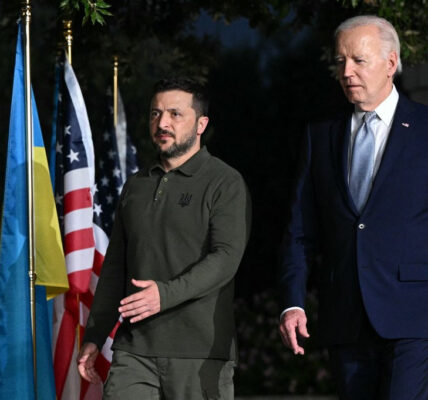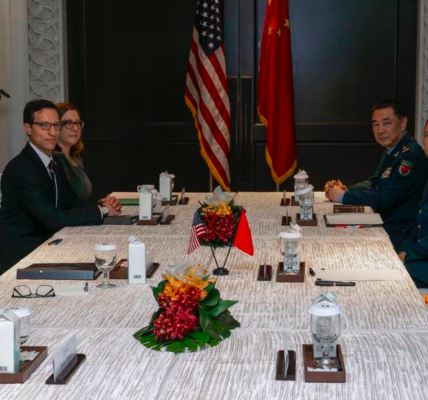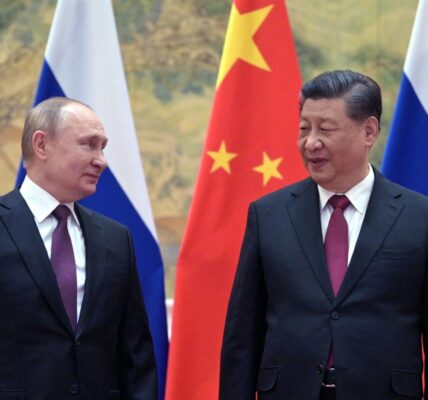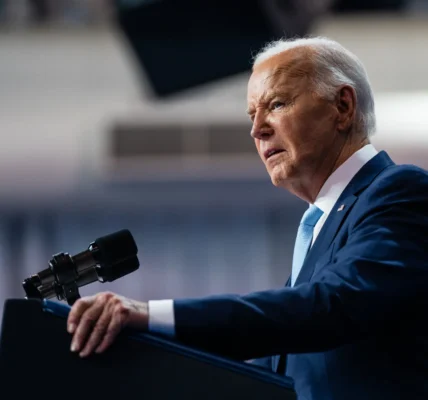Tensions Rise in the East China Sea After Several Chinese Warships Enter Taiwan Coastal Waters
Tensions in the East China Sea have increased after the Taiwan Ministry of National Defence revealed that it detected seven Chinese naval vessels and five of its military aircraft operating around the island.
One of the People’s Liberation Army aircraft entered Taiwan’s Southwest Air Defence Identification Zone (ADIZ) leading to the deployment of what the defence ministry said were appropriate forces with which to respond.
The presence of Chinese military aircraft and ships close to Taiwan is now becoming an almost daily occurrence.
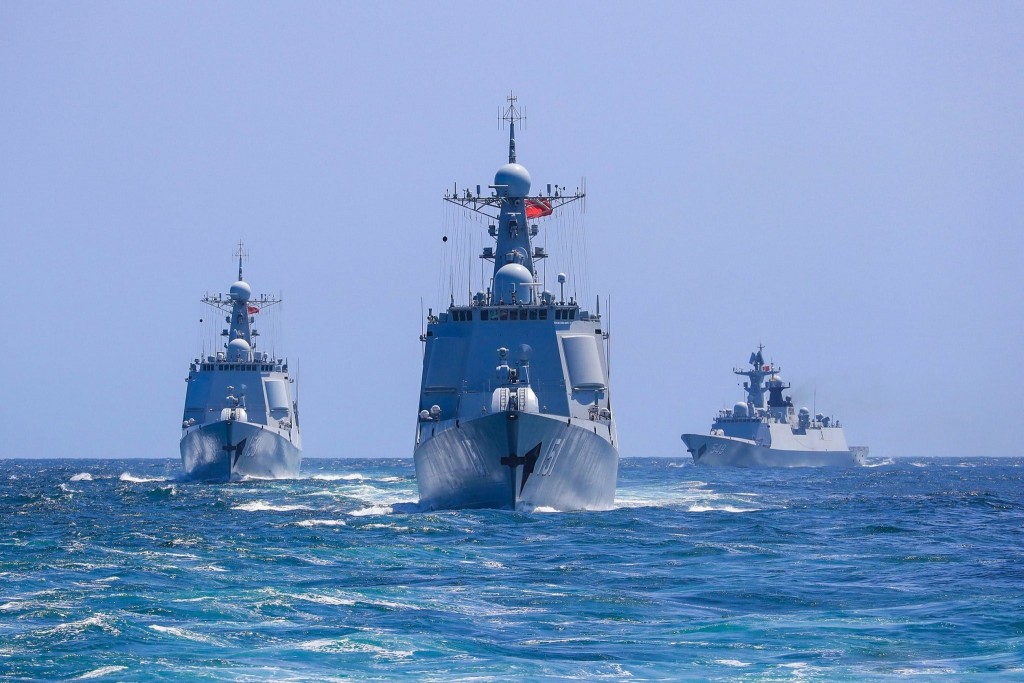
According to Taiwan News, so far this month, Taiwan has tracked Chinese military aircraft 301 times and naval vessels 165 times.
Since September 2020, China has intensified its use of gray zone tactics by increasing the number of military aircraft and naval ships operating around Taiwan.
Notably, Gray zone tactics are described as “an effort or series of efforts beyond steady-state deterrence and assurance that attempt to achieve one’s security objectives without resorting to direct and sizable use of force.”
The disclosure follows the announcement earlier this month by China that the Communist state intends to increase its defence budget – which is already the world’s second highest behind the United States at $222 billion – roughly mirroring last year’s rise.
The growing tensions between China, Taiwan and its allies, the US and Japan, are seen as furthering growth in high-tech military technologies from stealth fighters to aircraft carriers and a growing arsenal of nuclear weapons.
The official budget figure is considered only a fraction of spending by the People’s Liberation Army, the military wing of the ruling Communist Party, once spending on research and development and foreign weapons purchases are considered.
“We will provide stronger financial guarantees for efforts to modernise our national defence and the armed forces on all fronts and consolidate and enhance integrated national strategies and strategic capabilities,” Premier Li Qiang said earlier this month.
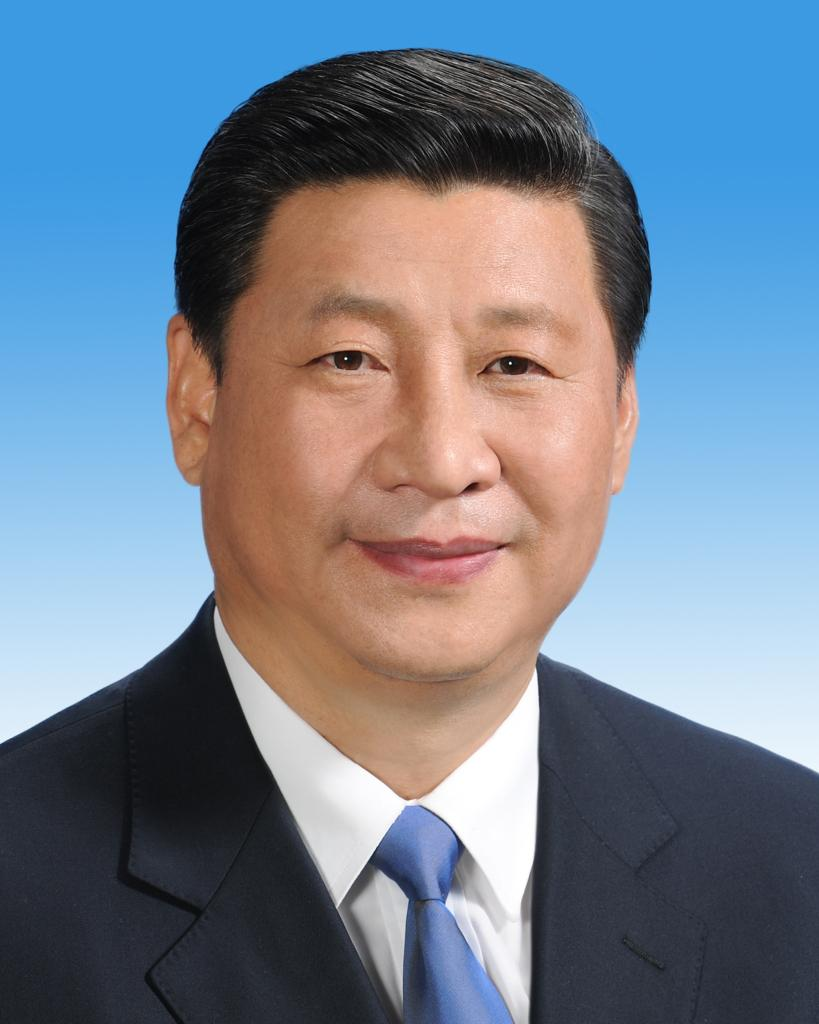
China’s defence budget has more than doubled since 2015, even as the country’s economic growth rate has slowed considerably. However, the country’s continuing ambition is to challenge the U.S. and its allies in Asia including Japan, South Korea, the Philippines and Australia over territorial claims, regional leadership and a bigger say in world affairs.
Its defence budget grew by double-digit percentage figures for much of the 2000s but began to slow as the formerly booming economy started to plateau. In his address, Qiang put the GDP growth target at five percent this year, while acknowledging it would be difficult to achieve.
China’s economy is dealing with high youth unemployment and a cratering real estate market after developers who took out giant bank loans were unable to pay back their lenders or deliver units to buyers who had spent their life savings to put a roof over their heads.
According to the World Bank, China’s defence spending equaled 1.6 percent of its GDP in 2022, the last year for which figures were available, compared to 3.5 percent for the United States.
While the U.S. defence budget has declined to about 12 percent of government spending, the proportion China spends remains obscure because of the many civilian-military collaboration projects it runs, from technology to business and real estate.



